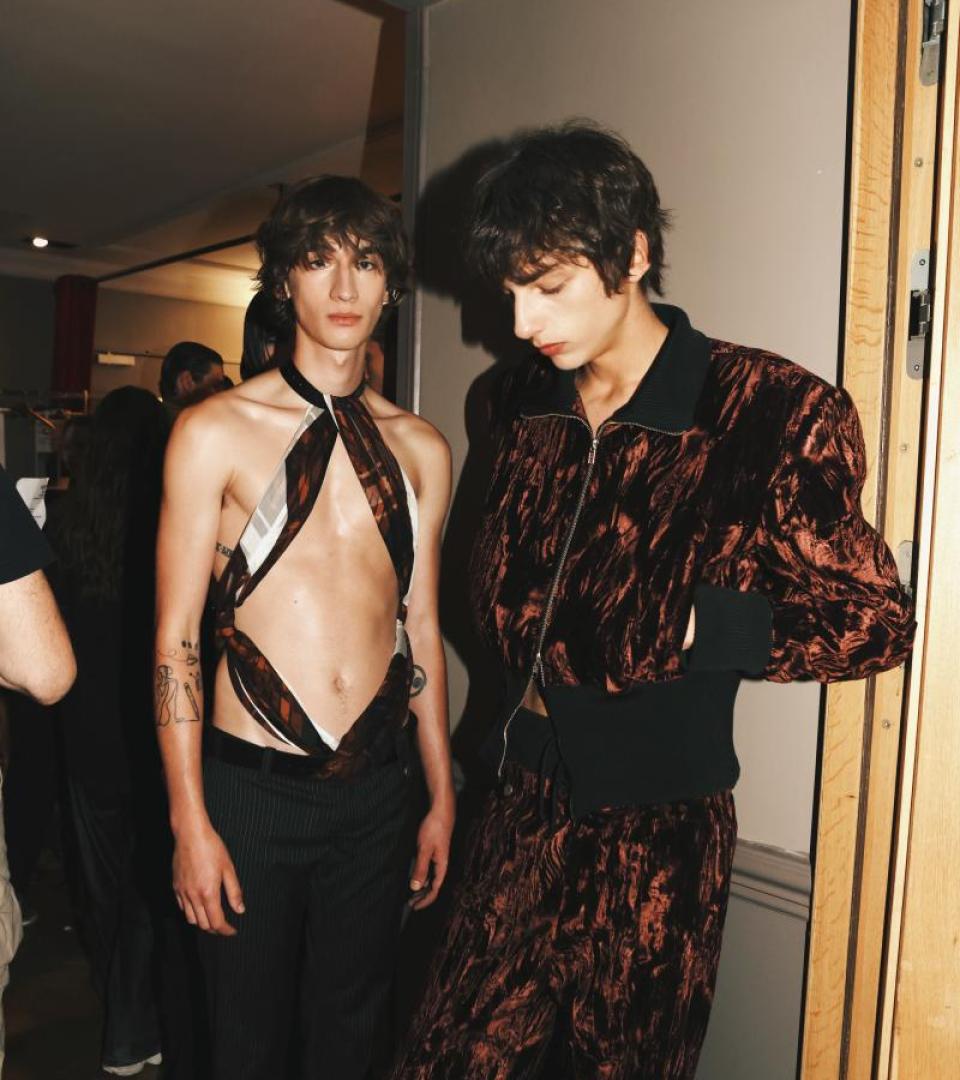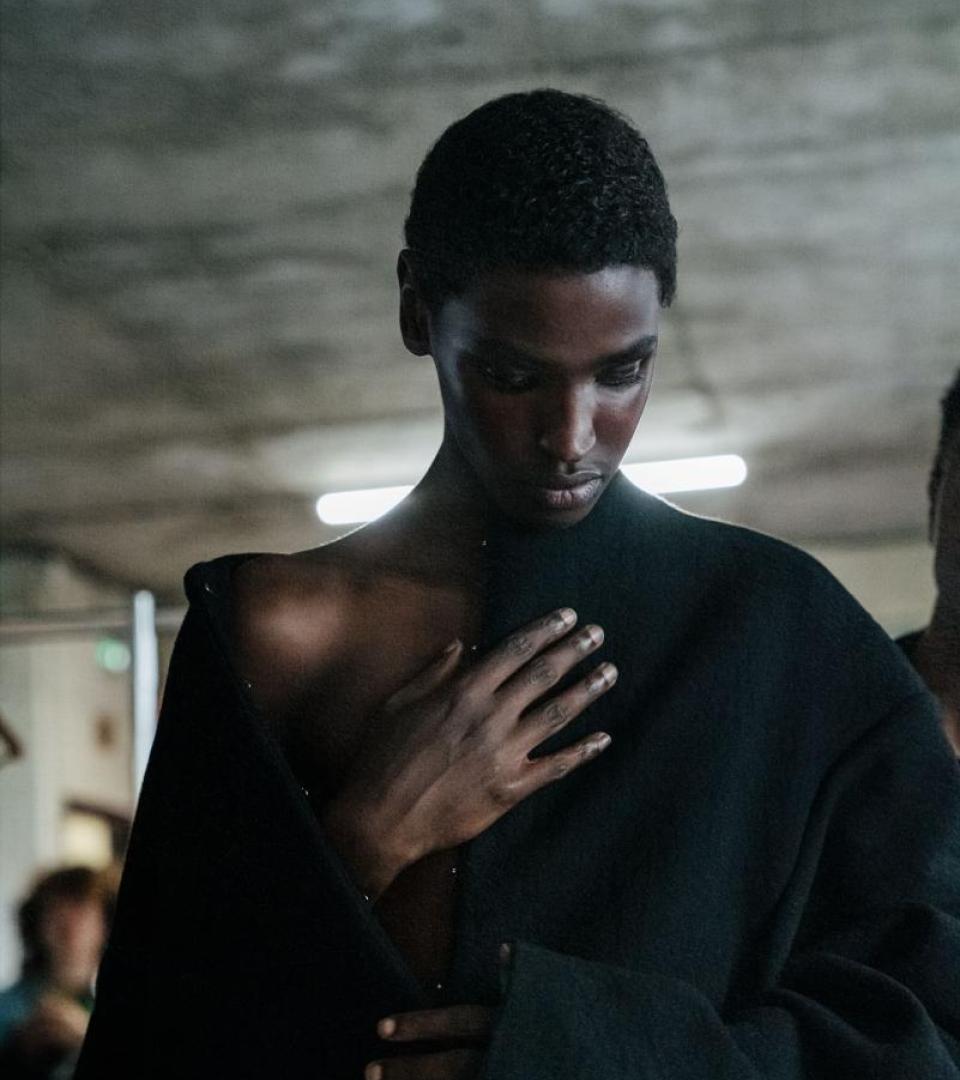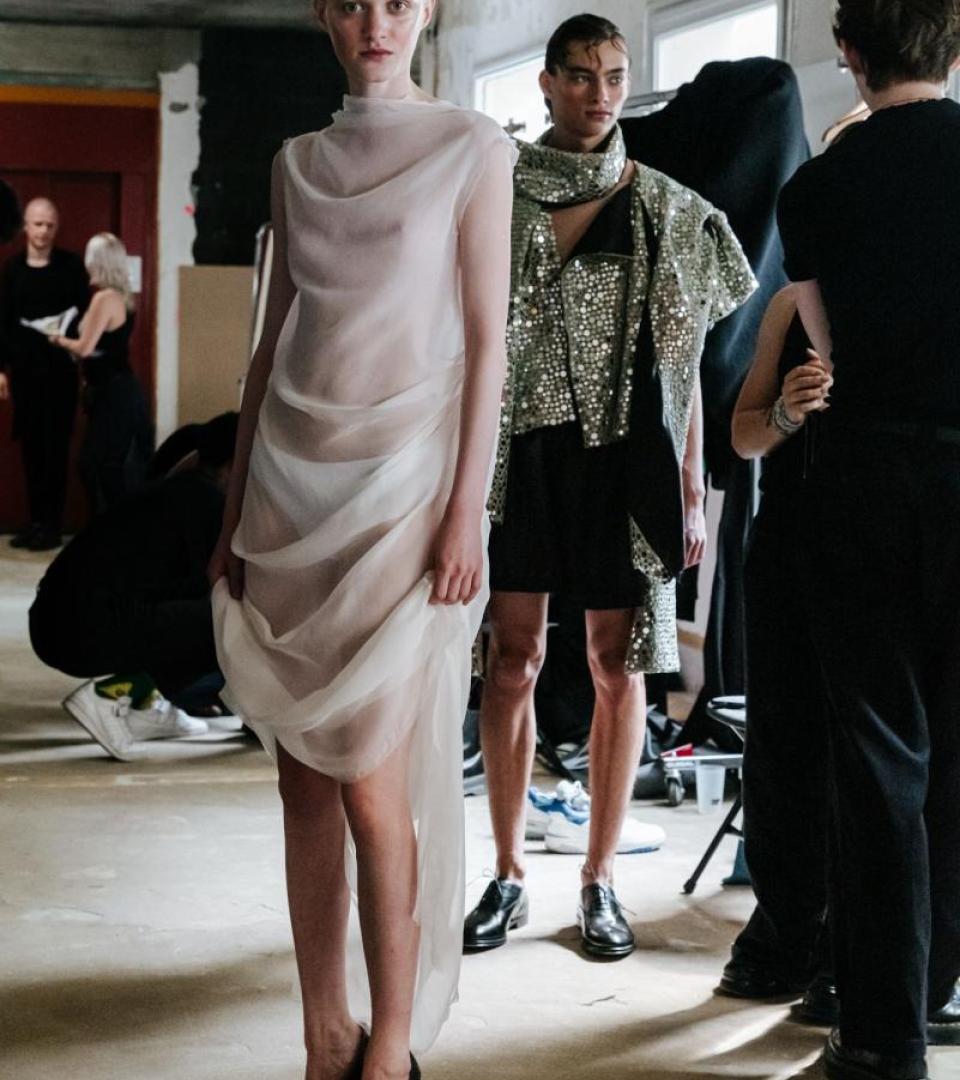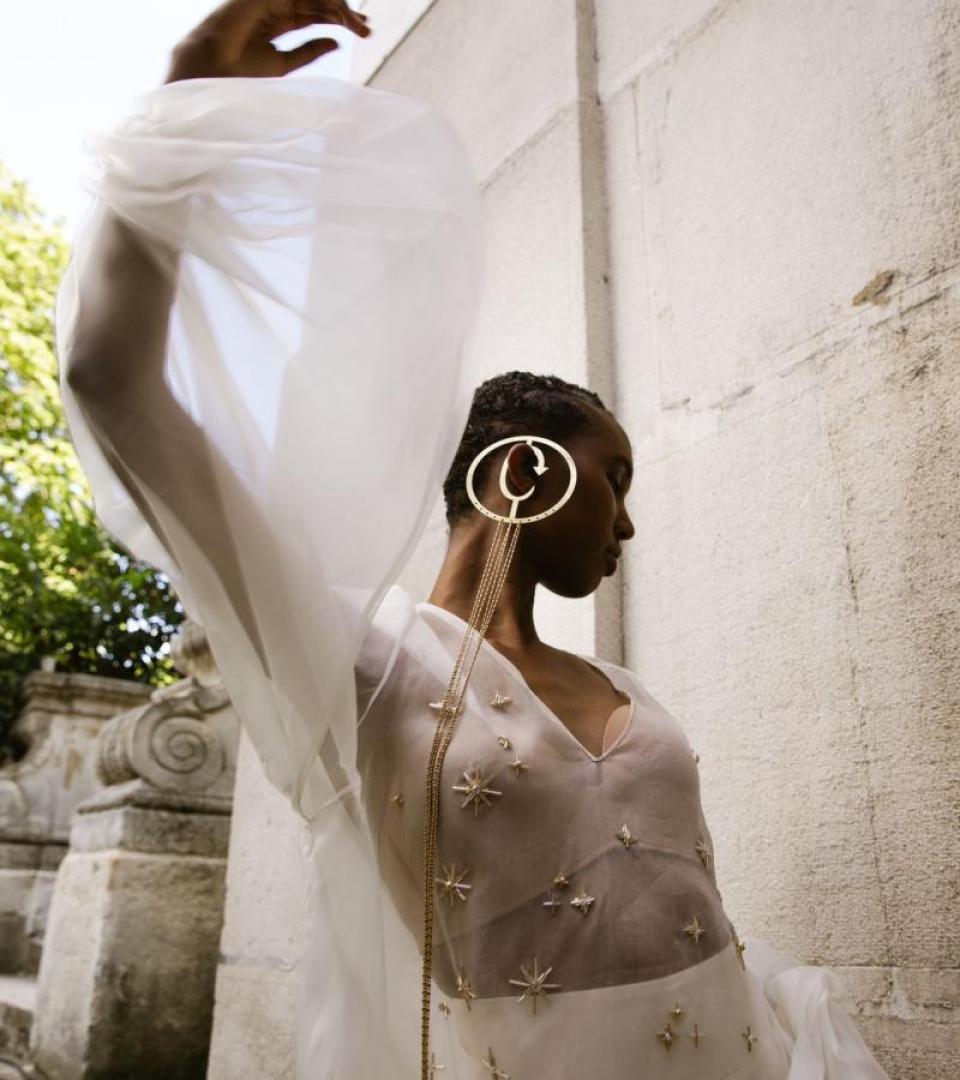The Mystical World of Gabriela Hearst
What do archaeology, nuclear fusion and Benedictine abbess Hildegard of Bingen have in common? Gabriela Hearst has looked to them all for inspiration. For Spring-Summer 2026, the Uruguayan designer turned her attention to the mystic, furthering her study of the Major Arcana tarot pack. A three arc narrative that started with her resort collection and will conclude with pre-fall, Hearst’s show at the Institut National de Jeunes Sourds de Paris started out with researching the deck in great detail, discovering artistic interpretations of divination by Salvador Dalí, Francesco Clemente and Leonora Carrington, and rendering the deck through her own lens, sketching the archetypes in an all female line-up.
Hearst’s reading of the modern mystic opens with the Empress, a divine symbol of femininity, the maternal and companionship, in a leather dress hand-stitched with 2,400 flowers. The ensuing collection is presented in an evocative, elemental colour palette of deep reds and blues, warm earthy colors and stark whites, with gold flourishes scattered throughout. Regal silhouettes are in modest but noble fabrics like linen and cashmere. Later, the Death card, a symbol of change and new beginnings, emerges as a cowboy, an archetype in the Hearst deck: resplendent in a Western-inspired long coat with fringing beaded with charms that signal the four suits of tarot: swords, cups, wands, pentacles, and skulls. She found the symbols as trinkets in an antique store in Rhode Island. It’s indicative of Hearst’s wider goals to be as sustainable as possible while growing her business: this season, almost everything is made from her own deadstock. 97%, she proudly shares.
“Especially in a time like this right now, where things feel so wrong, people tend to turn to the surrealist and the mystic,” said Hearst, on a phone call, from her Paris studio.



